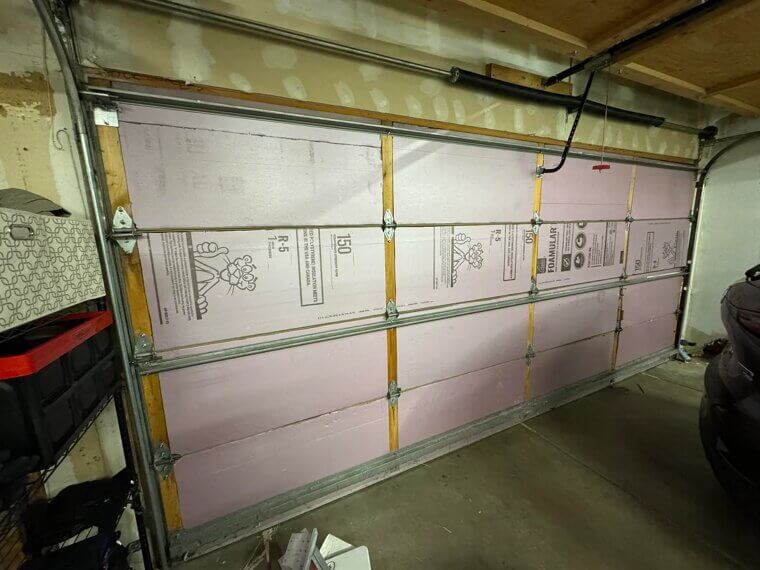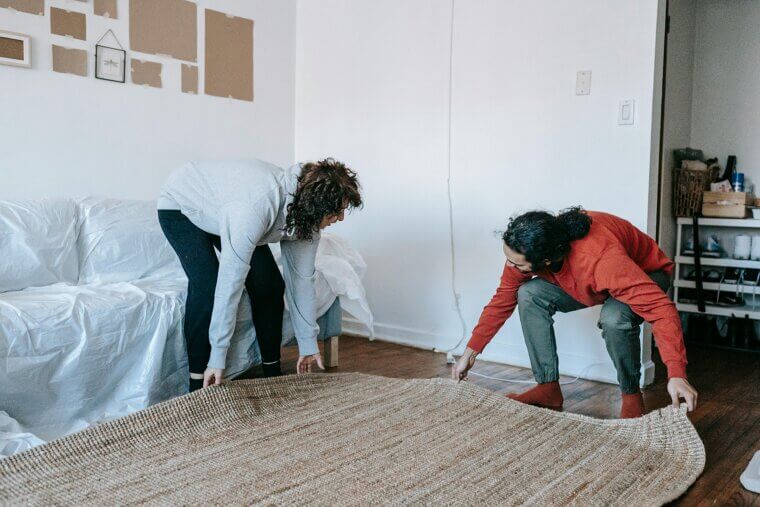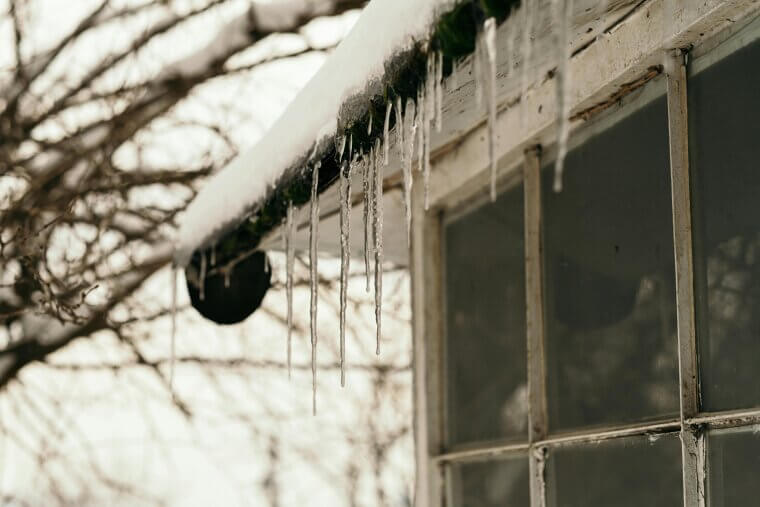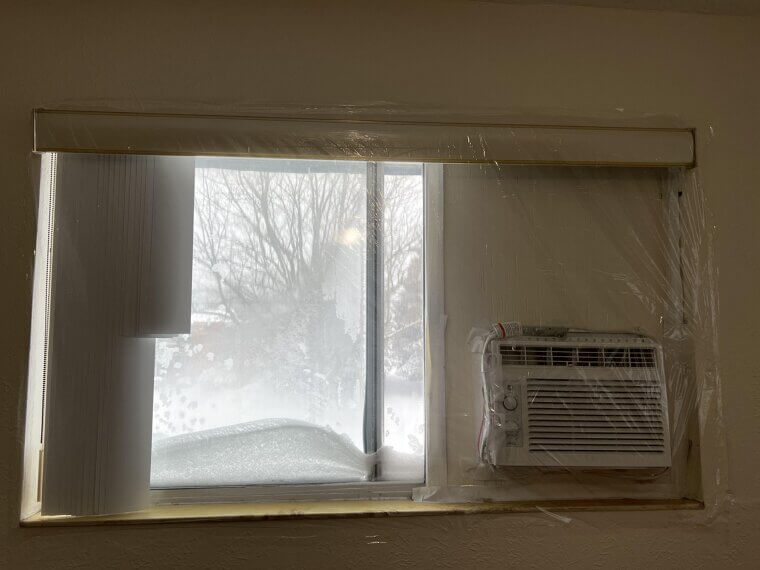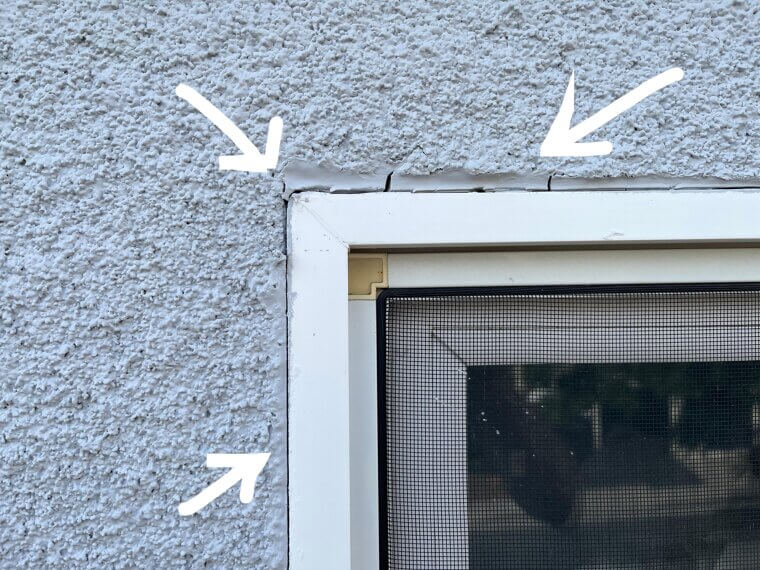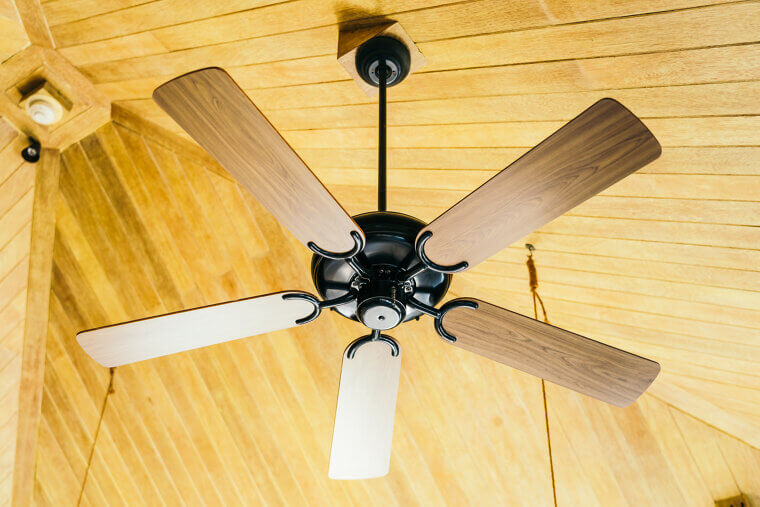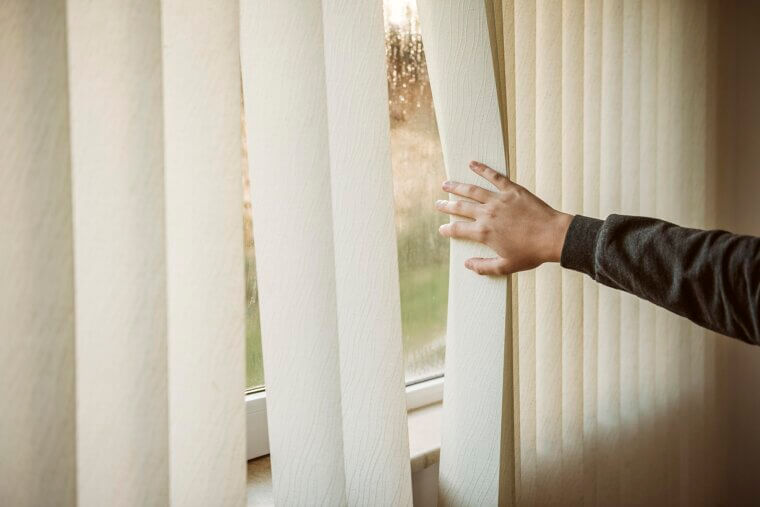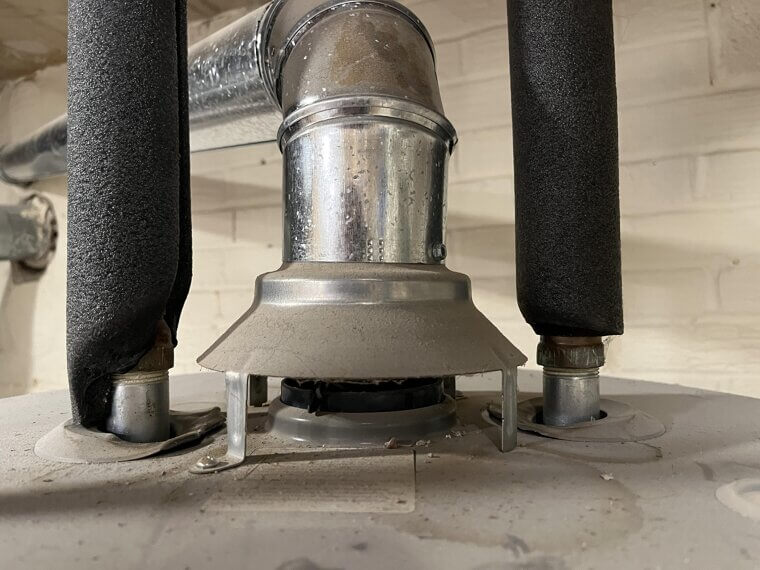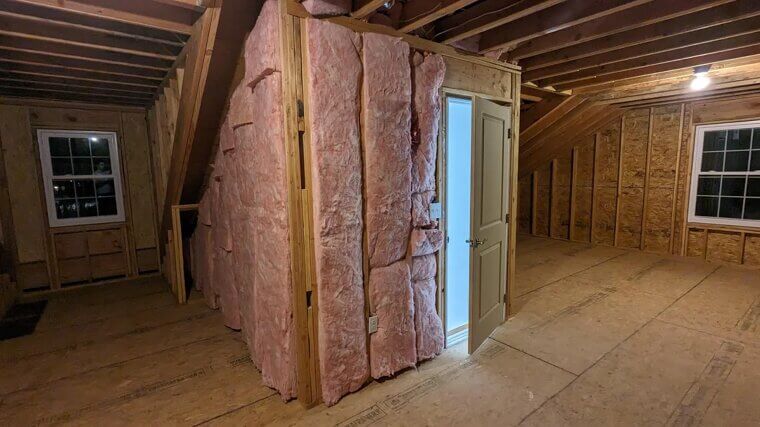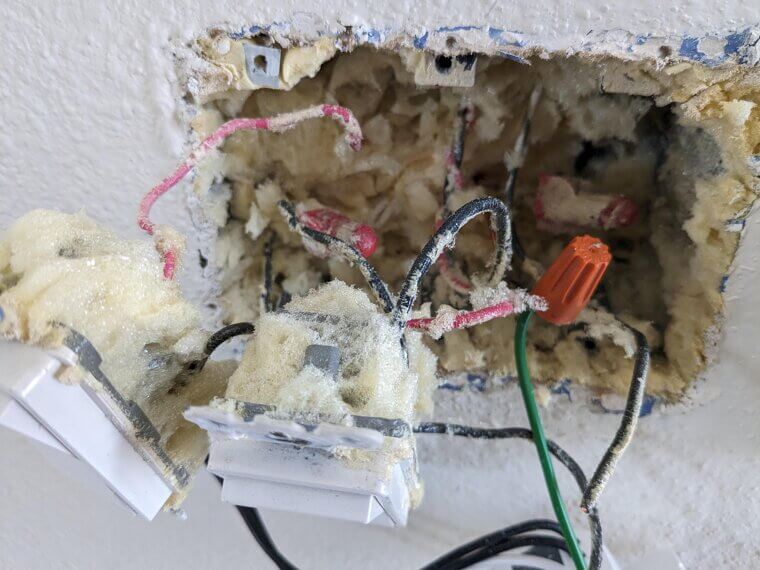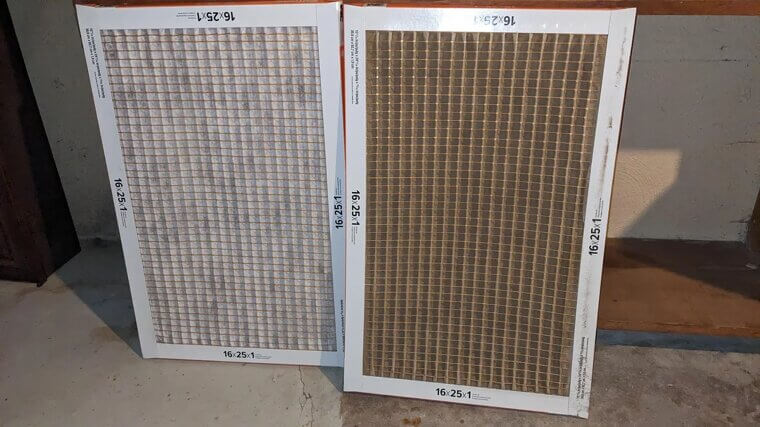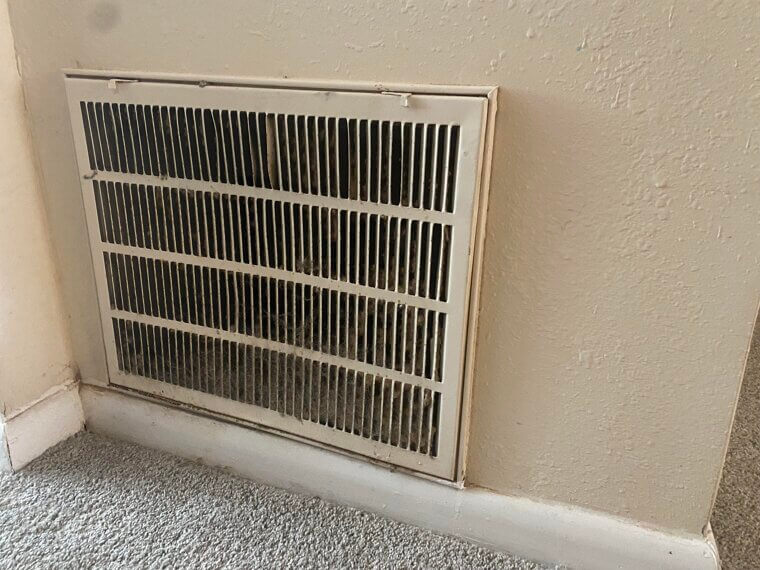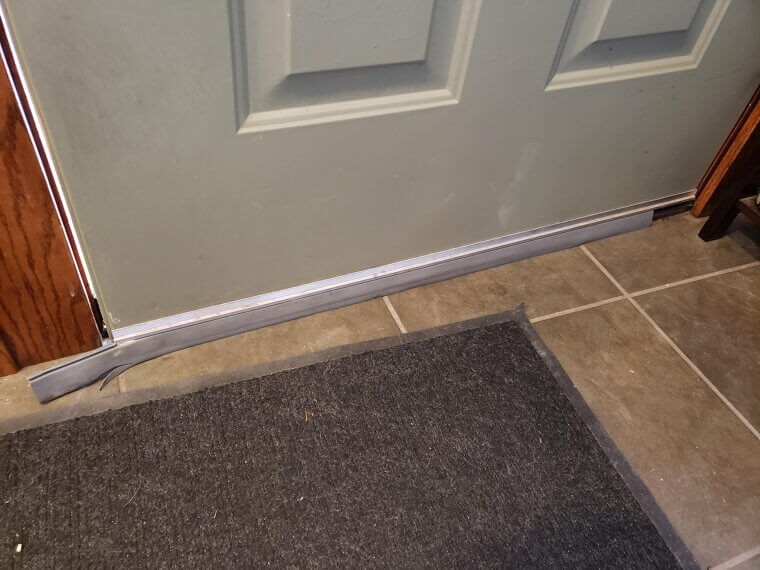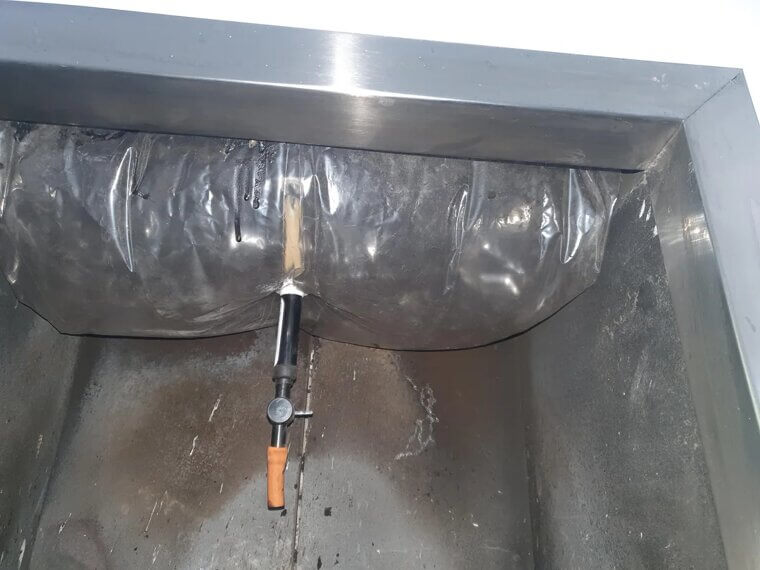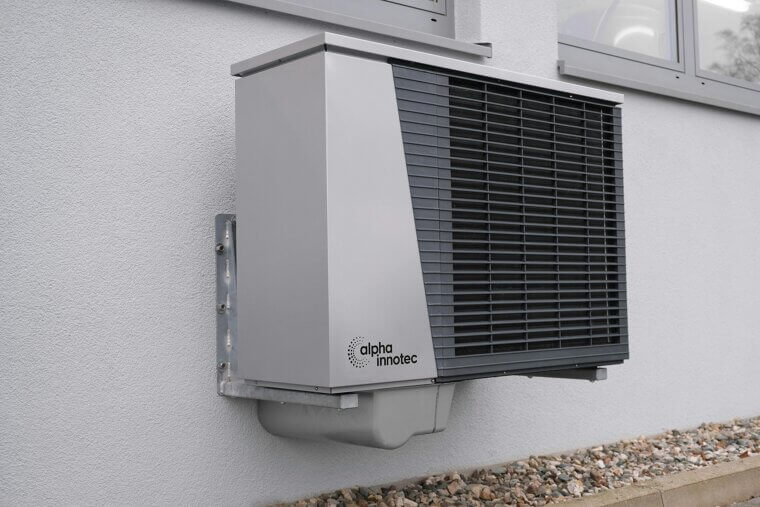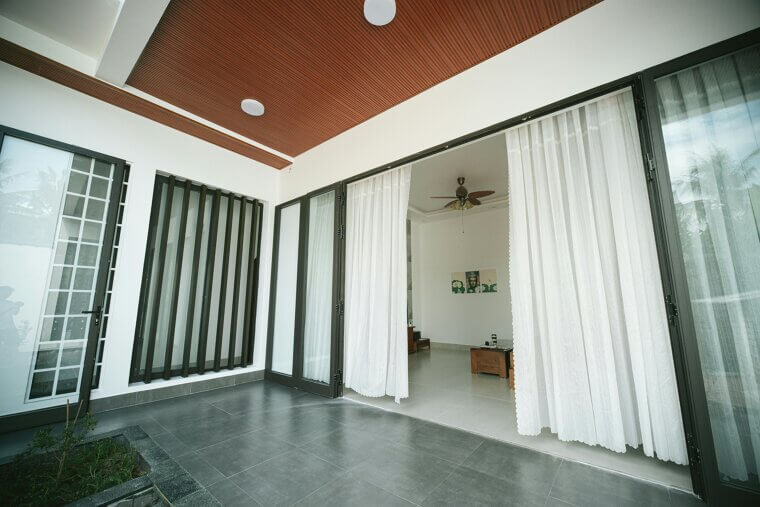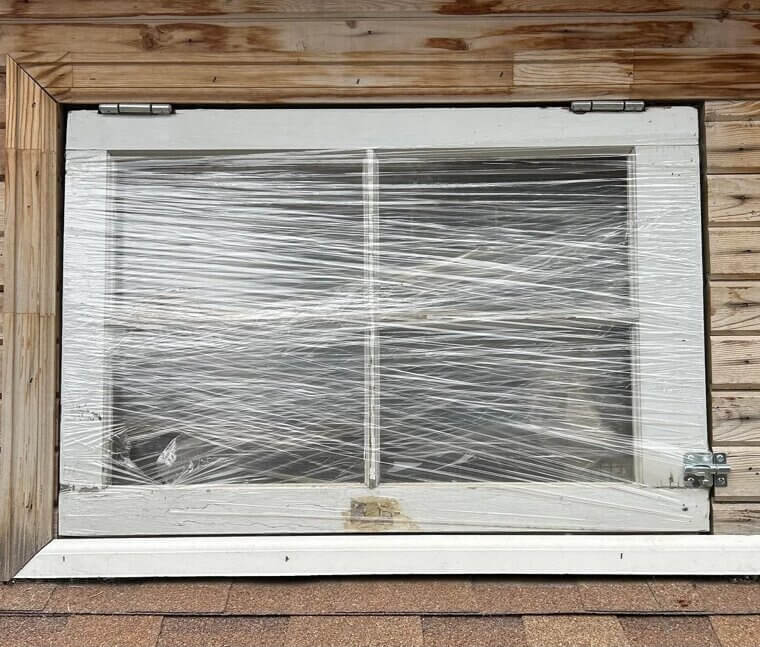Insulate Garage Doors With Foam Board
Your garage door is likely a giant, thin metal sheet that turns your garage into an icebox. You can easily cut rigid foam board insulation to fit inside the door panels. This will help maintain a more stable garage temperature, which is crucial if there are bedrooms above the garage or if you use the space as a workshop.
Lay Area Rugs to Warm Floors
Hard floors (tile, hardwood, laminate) are beautiful until winter hits and they turn into ice rinks. Area rugs will add a layer of insulation between your feet and the freezing surface below, trapping the warm air instead of letting it sink straight through the floor.
Seal Window Drafts With Removable Weatherstripping
Those tiny gaps around your windows might seem innocent, but they're bleeding warm air like nobody's business. Instead of replacing them, grab a roll of removable weatherstripping, press it into place along the window frame, and you're done.
Use Door Draft Stoppers
Ever notice how cold air loves to slip under doors as if it's playing limbo? A draft stopper puts an end to that game. You can buy one or DIY it with a rolled towel or pool noodle wrapped in fabric. Place it at the base of doors or anywhere you feel that annoying floor-level chill.
Apply Shrink-Film Window Insulation
Think of this as shrink-wrapping your windows for winter. Apply double-sided tape to the window frame, attach the plastic film, and blast it with a hair dryer. This will create a transparent, dead-air space that acts as a second pane of glass. Sure, you can't open those windows until spring, but honestly, were you planning to?
The next trick addresses a spot most people completely overlook.
The next trick addresses a spot most people completely overlook.
Caulk Cracks Around Frames
Caulking is one of those tasks that sounds boring until you realize how much energy you've been wasting through hairline cracks. Check around window frames, door trim, and any area where two different materials meet. Just run a steady bead along the gap, smooth it with your finger, and you've plugged dozens of tiny heat leaks in minutes.
Reverse Ceiling Fans to Push Warm Air Down
Most ceiling fans have a little switch on the motor housing that reverses the blade direction. In winter, you want them spinning clockwise (when looking up) at a low speed, which pushes the warm air near your ceiling back down where you actually need it. Just remember to keep the speed low, or it'll feel like a wind tunnel.
Install Insulated or Thermal Curtains
Regular curtains are basically decorative, while insulated curtains have a layer of foam or thick batting that actually blocks cold from radiating through the glass. Keep them wide open during sunny days to catch free solar heat, but close them tight as soon as the sun goes down to trap that warmth inside for the night.
Your floors might secretly be sabotaging your heating efforts…
Your floors might secretly be sabotaging your heating efforts…
Wrap Hot-Water Pipes
Your water heater works hard to heat that water, then watches helplessly as it loses heat traveling through cold pipes to your faucet. Pipe insulation sleeves are basically foam tubes that slip right over exposed pipes in your basement or crawl space.
Insulate the Attic Hatch or Pull-Down Door
Everyone insulates their attic floor but forgets about the access door, which is often just a thin piece of plywood. You can purchase an insulated attic tent that sits over the opening, or DIY it by gluing rigid foam board to the back of the hatch and adding weatherstripping around the edges.
A hidden energy thief is lurking behind your wall plates…
A hidden energy thief is lurking behind your wall plates…
Add Foam Gaskets Behind Outlets and Switches
You may be surprised to learn that cold air travels through your electrical outlets. To stop this invisible draft, unscrew the faceplate and pop in a foam gasket. Just remember to prioritize safety and ensure everything is dry before you start screwdriving.
Use a Programmable or Smart Plug-In Thermostat
If you're still manually adjusting your thermostat, you're wasting money every single night. A plug-in smart thermostat connects to your existing system and lets you schedule temperature changes based on when you're actually home. Some models even learn your habits and adjust automatically, which is borderline creepy but undeniably efficient.
Replace Furnace Filters Regularly
A clogged filter causes your furnace to work twice as hard to push air through, which means it runs longer, uses more energy, and still doesn't heat as well. Check your filter monthly during winter; if it appears to be clogged with dust, replace it. It’ll make a significant difference.
You may be hindering your heat vents from working…
You may be hindering your heat vents from working…
Clean Vents and Keep Them Clear
Vents caked with dust don't blow air efficiently, and vents blocked by furniture or curtains might as well not be there. Pop off the vent covers and vacuum out the dust bunnies. Also, ensure that no couches or curtains are blocking the registers. Your furnace can't heat the room if the furniture is absorbing all the warmth.
Add Exterior Door Sweeps
Sometimes the gap at the bottom of a door is too big for a simple snake stopper. A door sweep is attached to the bottom edge of your door and drags along the floor as it opens and closes, sealing that gap where cold air loves to rush in. Even if your door has weatherstripping on the sides and top, the bottom gap is usually the worst offender for drafts.
Cover Exterior Spigots
Frozen pipes that burst can be expensive nightmares, and the ideal solution is faucet covers that fit over your outdoor spigots to keep them from freezing. First, disconnect any hoses and drain the line by shutting off the interior valve, and then slap on the cover. They're about five bucks each and way cheaper than calling a plumber.
Do you use your chimney? If the answer is no, you’ll like the next one…
Do you use your chimney? If the answer is no, you’ll like the next one…
Install a Chimney Balloon if Unused
An unused chimney is basically a reverse chimney; it sucks warm air up and out while letting cold air pour down. A chimney balloon is an inflatable plug that sits in your flue, completely blocking the airflow. Just remember to deflate it before lighting a fire, or you'll have a very memorable evening.
Cover A/C Window Units
Leaving a window air conditioner installed during winter is a recipe for drafts. If you can't remove the heavy unit, you absolutely must cover it. Buy an insulated, quilted cover designed for the exterior of the unit. Some people pull the unit out entirely, but if you're not doing that, covering it is essential.
Hang Plastic Over Sliding Doors
Sliding doors are enormous single panes of glass with notoriously drafty seals. A clear plastic curtain, similar to those used for patios or warehouses, hangs from a track or tension rod, creating an air barrier in front of the door. It's not pretty, but it works surprisingly well and still allows light to pass through.
Apply Draft-Blocking Film in Unused Rooms
If you have a guest room that rarely gets used, there is no point in heating it fully. Close the vents, shut the door, and go a step further by applying draft-blocking film over the windows. This will seal off that portion of the house and allow your furnace to focus all its energy on the rooms you actually occupy.

